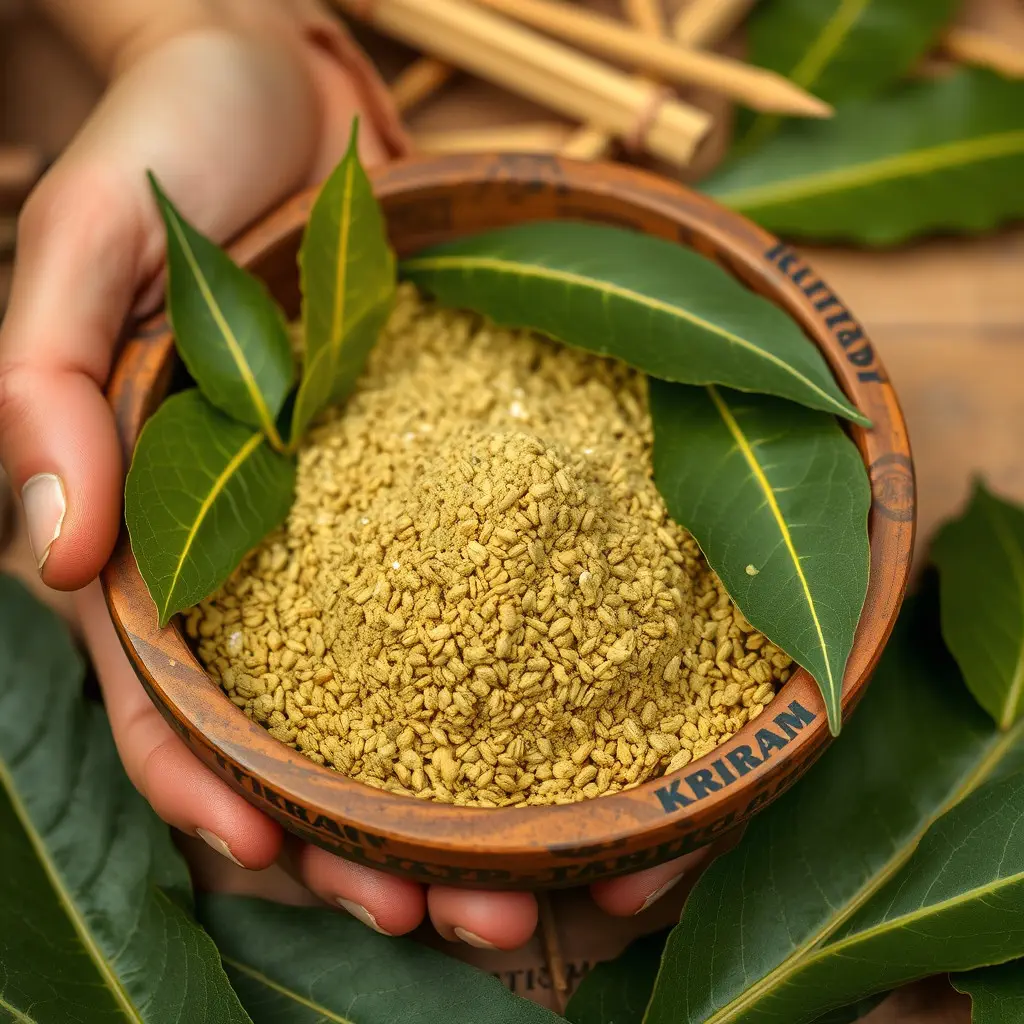Kratom, derived from the mitragynine-speciosa leaf, has become a topic of debate in the realm of addiction treatment due to its complex effects on sleep and overall well-being. While some users report improved sleep with lower doses, others experience kratom-induced insomnia, particularly with higher doses or certain strains. Its primary alkaloids, mitragynine and 7-hydroxymitragynine, interact with opioid receptors for pain relief and mood enhancement, potentially serving as a recovery tool for individuals transitioning from opioid use. However, its psychoactive nature and the risk of dependency necessitate careful consideration in treatment protocols. The variability in kratom's impact on sleep underscores the importance of personalized approaches; healthcare providers must tailor kratom usage to individual needs while monitoring for adverse effects on sleep architecture. A balanced approach that integrates kratom into a comprehensive recovery plan, including other therapies and lifestyle modifications, is essential to optimize treatment outcomes and promote better health in those recovering from addiction. Understanding whether kratom causes insomnia or improves it highlights the necessity for personalized treatment strategies and further research on its effects on sleep patterns.
Exploring the therapeutic potential of kratom in addiction treatment and recovery, this article delves into the complex relationship between kratom use and its implications for individuals seeking to overcome substance abuse. We examine how kratom, a plant-based compound, can serve as both a tool for mitigating withdrawal symptoms and a potential aid in sleep disorders, addressing concerns such as “does kratom cause insomnia?” Additionally, we provide a balanced perspective on the risks and benefits associated with its use during recovery, aiming to clarify its role in the broader context of addiction treatment. Join us as we navigate this nuanced subject, offering insights that can inform more effective, holistic recovery strategies.
- Understanding Kratom's Role in Addiction Treatment and Recovery
- Exploring the Connection Between Kratom Use and Insomnia
- Mitigating Risks and Enhancing Benefits: A Balanced Approach to Kratom for Recovery
Understanding Kratom's Role in Addiction Treatment and Recovery

Kratom, a plant native to Southeast Asia, has garnered attention in the realm of addiction treatment and recovery due to its complex effects on the brain and body. Mitragynine and 7-hydroxymitragynine, the two primary alkaloids found in kratom, interact with opioid receptors, which can provide pain relief and mood enhancement. This interaction has led some individuals to use kratom as a substitute for opioids, particularly in recovery from substance use disorders involving opiates. However, while kratom may serve as an alternative, it is crucial to approach its inclusion in addiction treatment with caution. Some users report that kratom can mitigate withdrawal symptoms associated with opiate cessation, which suggests a potential therapeutic role. Conversely, there are concerns regarding its psychoactive effects and the potential for dependency or abuse.
The relationship between kratom and sleep patterns is a topic of ongoing research. While some users claim that kratom can aid in managing insomnia, particularly at lower doses, others experience sleep disturbances, which could lead to or exacerbate insomnia. The impact of kratom on sleep is highly individualized and influenced by factors such as dose, strain, frequency of use, and personal physiology. In the context of addiction treatment and recovery, addressing insomnia is key, as quality sleep supports overall well-being and can play a role in the effectiveness of recovery efforts. Therefore, understanding how kratom affects an individual’s sleep is essential for its safe and judicious use in treating addiction, ensuring that it contributes positively to the recovery process rather than complicates it with new sleep-related issues.
Exploring the Connection Between Kratom Use and Insomnia

Kratom, a mitragynine-speciosa leaf derivative, has gained attention in various circles for its potential therapeutic effects, including as an aid for addiction treatment and recovery. However, discussions around its use often touch upon its impact on sleep patterns, particularly the question of whether kratom can cause insomnia. The relationship between kratom consumption and sleep quality is complex and influenced by several factors such as dosage, frequency of use, and individual sensitivity. While some users report that kratom has helped them fall asleep faster or improve their overall sleep duration, others experience disrupted sleep or difficulty initiating sleep after taking the substance. The stimulant effects of certain kratom strains or high doses can lead to a hyperactive state, which may interfere with the onset of sleep. Additionally, the half-life of kratom’s active compounds and their interaction with sleep regulatory neurotransmitters in the brain can affect sleep architecture, potentially resulting in less restorative sleep. Users contemplating kratom for its purported benefits should be aware that it may have a bidirectional effect on insomnia, serving as both a potential aid and a possible contributor to sleep disturbances, depending on various individual and dosage-related factors.
Mitigating Risks and Enhancing Benefits: A Balanced Approach to Kratom for Recovery

Mitigating risks and enhancing benefits are paramount when considering Kratom as a component of addiction treatment and recovery. Kratom, derived from the leaves of Mitragyna speciosa, has gained attention for its potential therapeutic properties, including pain relief and mood elevation. However, its impact on sleep patterns is a critical aspect to consider, as some individuals may experience insomnia when using Kratom, particularly at higher doses or with certain strains. This can be counterintuitive for those seeking relief from addiction, as adequate sleep is crucial for recovery and overall well-being. To mitigate this risk, it is essential to approach Kratom usage with caution. This includes careful strain selection, dose titration, and individualized monitoring of sleep patterns. Healthcare providers can guide patients through these nuances, ensuring that the therapeutic benefits of Kratom are maximized while minimizing potential sleep disturbances.
Furthermore, the use of Kratom in addiction recovery should be part of a comprehensive treatment plan. This holistic approach integrates various modalities such as behavioral therapies, support groups, and lifestyle modifications that complement the use of Kratom. It is through this balanced framework that individuals can address the multifaceted nature of addiction, while also managing withdrawal symptoms and promoting long-term recovery. The key lies in the careful consideration of each individual’s unique circumstances, monitoring their response to Kratom, and making necessary adjustments to optimize their treatment outcomes and overall health.
In concluding this discussion on Kratom’s role in addiction treatment and recovery, it is evident that while the plant holds promise for those seeking relief from various addictions, its impact on sleep patterns, particularly in addressing or causing insomnia, as per the question “does kratom cause insomnia,” is a critical factor to consider. The therapeutic potential of Kratom should be carefully balanced with its risks, ensuring that individuals in recovery receive comprehensive support tailored to their unique needs. A nuanced approach that monitors sleep health alongside Kratom use can guide users toward sustainable recovery, highlighting the importance of personalized care and ongoing research into this complex substance’s effects. As the field continues to evolve, it is crucial for clinicians and researchers alike to remain vigilant, prioritizing the well-being and safety of those on the path to recovery from addiction.






